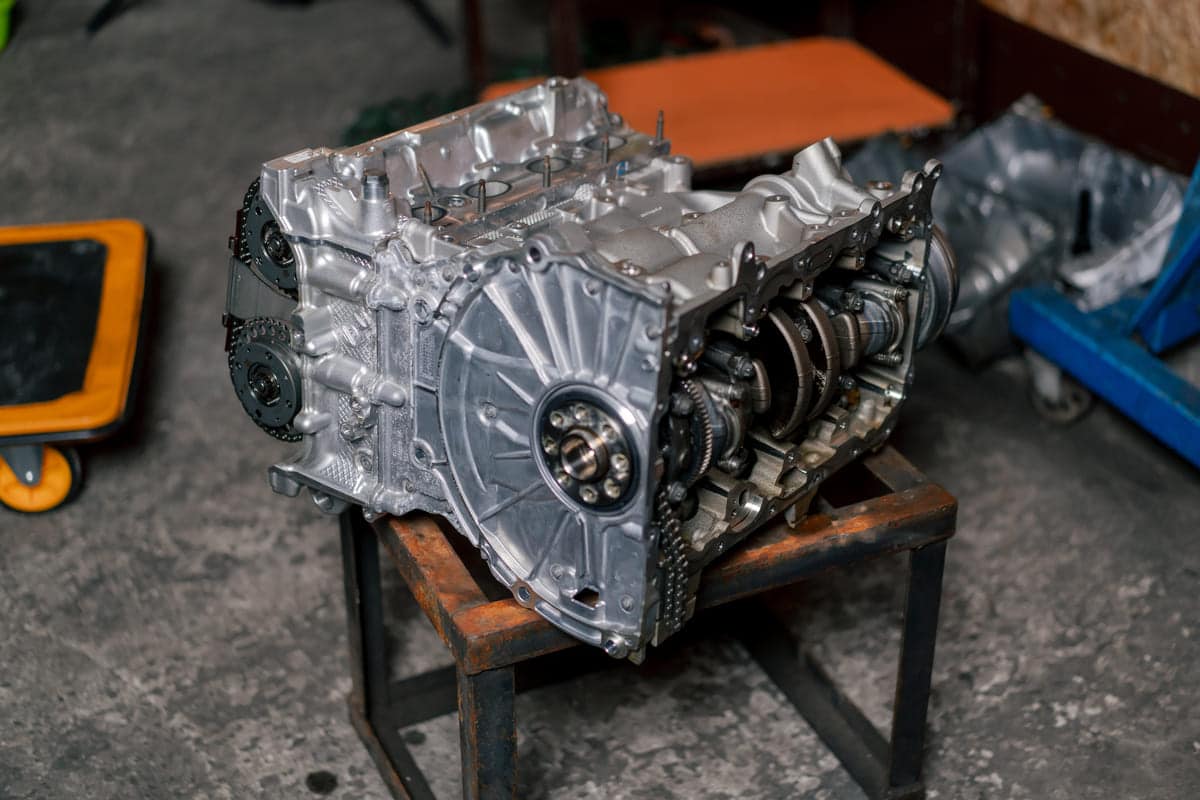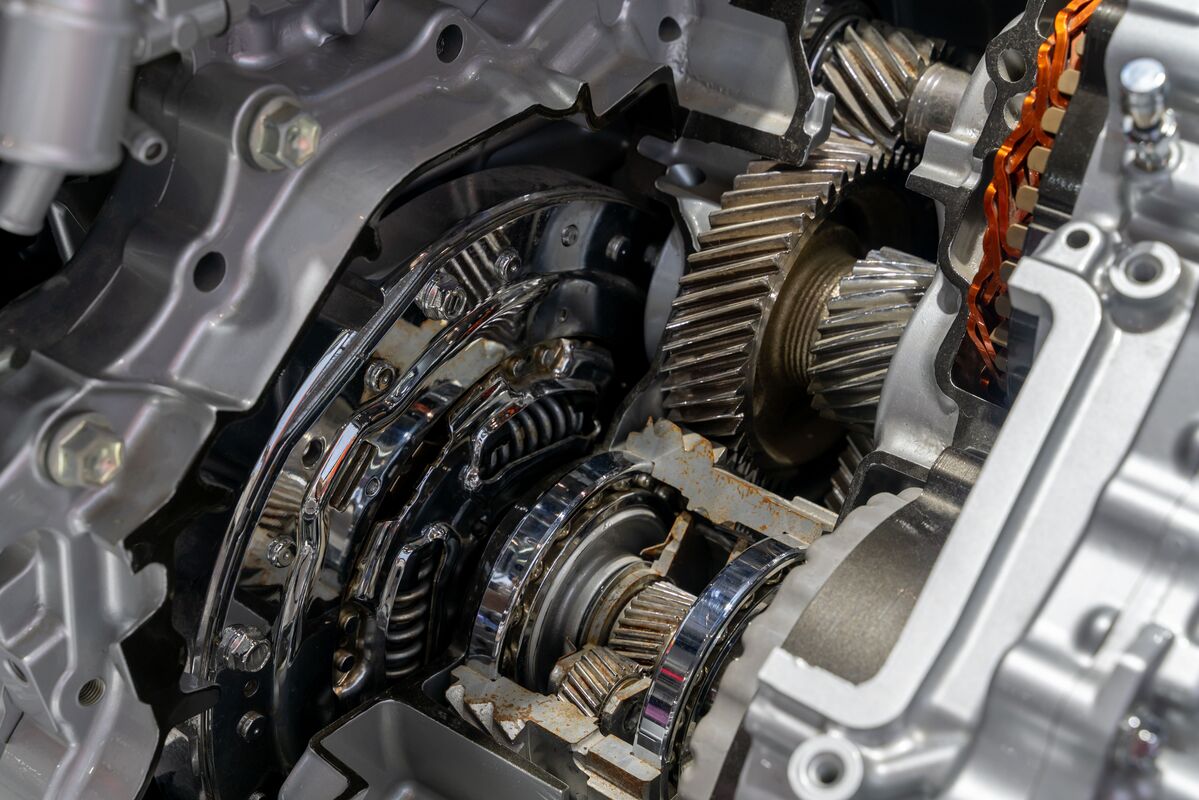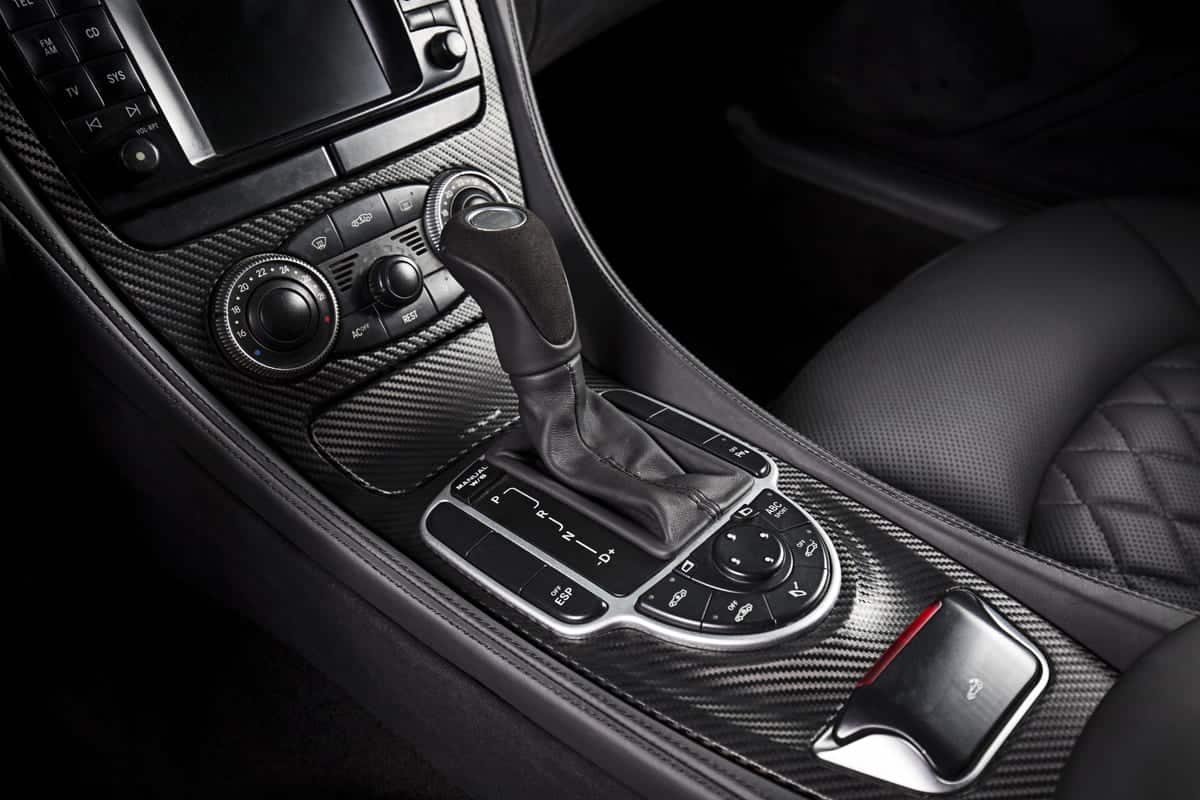The manual transmission gives the driver a more interactive driving experience, they can choose the gear themselves based on road conditions and personal preference. Driving enthusiasts love manuals, they can improve performance, fuel economy, and the connection between them and the machine.
What is Manual Transmission?
A manual is also known as a manual gearbox, n-speed manual, or MT. Drivers can manually select gears using a clutch pedal and . They have to engage and disengage the engine from the transmission to change gears smoothly.
Drivers use the pedal to disconnect the engine from the transmission for a short period of time. Which allows them to smoothly shift gears using the gear stick. It requires coordination and skill, which is why many enthusiasts love it.
Manual s are generally more fuel-efficient and perform better than automatic ones. They give you more control over the vehicle’s speed and power.
Despite advancements in , manuals are still preferred in some markets. They are common in sports motor vehicle and among those who love direct control and connection over their vehicles.
Reference
- Manual transmission. Wikipedia. Retrieved from

How Many Types of Manual Transmission?
Manual transmissions come in many types, each with its characteristics. Here are the main types:
- Unsynchronized (crash gearbox): You need to double clutch and match engine speed to gear speed when shifting.
- Synchronized: Uses synchronizers to match gear speeds, no double clutching needed with smoother shiftings.
- Sequential: Common in motorcycles and racing cars, you can upshift or downshift in a fixed sequence.
- Constant Mesh: Gears are always engaged, shifting is done using dog clutches instead of moving gears.
- Dog-Leg: Reverse gear is opposite to first gear, usually for quick access to higher gears.
Each type has its own driving experience and is good for different applications. Knowing these types will help you choose the right manual for your needs.
References
- Manual Transmission: Definition and Types. Testbook. Retrieved from
How Does Manual Transmission Work?
Manual transmission operation is a step-by-step process:
- Clutch Pedal Engage: You press the clutch pedal, disconnecting the engine from the transmission. This disengages the clutch so you can shift gears.
- Gear Shift: You move the gear stick to the desired gear. This shifts the transmission’s gears and changes the vehicle’s speed and power.
- Clutch Pedal Release: Requires the slow release of the clutch pedal, re-engaging the engine with the transmission. This allows power to the wheels.
- Acceleration: You press the accelerator pedal to increase engine speed. The gear you’re in determines the vehicle’s speed and torque.
- Downshifting: To slow down or for more power, you press the clutch pedal again and select a lower gear. This gives you engine braking or torque.
Each step requires coordination between the clutch, gear stick, and accelerator to drive smoothly.

Manual Transmission Parts
The manual transmission has many components that work together. Here are the main parts:
- Clutch Pedal: To engage and disengage the clutch.
- Clutch Disc: Transfers engine power to the transmission.
- Flywheel: Connects to the engine, and provides a surface for the clutch disc.
- Pressure Plate: Holds the clutch disc against the flywheel.
- Release Bearing: Moves the pressure plate away from the clutch disc when you press the clutch pedal.
- Gear Stick: You use this to shift gears.
- Synchronizers: Match gear speeds during shifting.
- Gears: Different gears have different speed and torque ratios.
- Output Shaft: Transfers power from the transmission to the drive shaft.
- Input Shaft: Gets power from the engine.
- Shift Forks: Moves gears into place as you shift.
- Dog Clutches: Engages and locks gears in constant mesh transmissions.
- Countershaft: Transfers power between the input shaft and output shaft.
- Bell Housing: Encloses the clutch and flywheel.
- Transmission Case: Houses all the transmission components.
Each part is important in a manual transmission system. Knowing these parts will help you with the maintenance and troubleshooting of your MT.
References
- Transmissions. Universal Technical Institute. Retrieved from
What is the Difference Between Manual vs Automatic Transmission?
Manual and automatic transmissions are worlds apart in terms of operation and experience. Here are the main differences:
- Gear Shifting: Manual transmissions require you to shift gears yourself using the clutch pedal and gear stick. Automatic transmissions shift gears automatically without you lifting a finger.
- Clutch System: Manual transmissions use a clutch pedal and disc to engage and disengage gears. Automatic transmissions use a torque converter to manage gear changes.
- Driver Control: Manual transmissions give you more control over gear selection and vehicle performance. Automatic transmissions give you convenience by taking care of gear shifts for you.
- Fuel Efficiency: Manual transmissions are more fuel efficient if driven skillfully. Automatic transmissions have improved but may still consume more fuel in some situations.
- Learning Curve: Manual transmissions require you to learn how to coordinate the clutch, gear stick, and accelerator. Automatic transmissions are easier to learn and use.
- Maintenance: Manual transmissions have a simpler design with fewer components, hence lower maintenance costs. Automatic transmissions are more complex and expensive to repair.
Understanding these differences helps drivers choose the transmission type that best suits their driving style and needs.
References
- Guide to Manual Cars. Kelley Blue Book. Retrieved from https://www.kbb.com/car-advice/manual-cars-guide/


